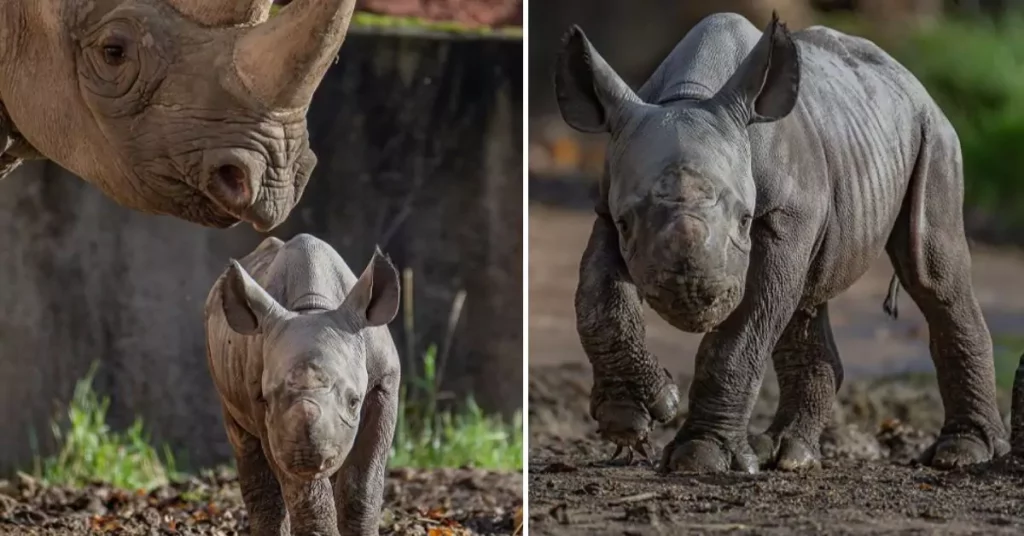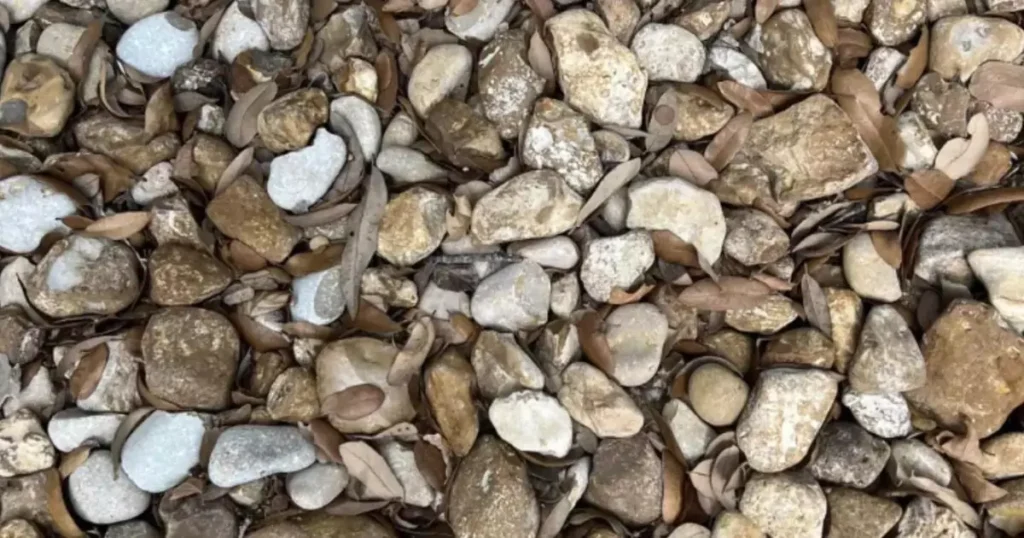
Vultures, often overlooked and unjustly maligned, are a captivating and pivotal presence in the intricate tapestry of the natural world. These enigmatic creatures fulfill a role that extends far beyond the commonly held perception of them as mere scavengers. In reality, vultures are ecological custodians, assuming the mantle of “nature’s janitors,” performing an indispensable function within ecosystems.
Their significance is not solely rooted in the disposal of carrion, but in the remarkable processes that unfold as they do so. Vultures possess stomachs with astonishingly potent acids, capable of breaking down and obliterating bacteria and viruses. In this way, they act as guardians of public health, preventing the unchecked proliferation of harmful pathogens. In essence, vultures are instrumental in maintaining environmental cleanliness and the overall well-being of the ecosystems they inhabit.
What further distinguishes these remarkable creatures is their rich diversity, not only in behavior and habitat but also in their physical characteristics. Here, we venture into the realm of vulture diversity, spotlighting three unique species that might not be familiar to you:
The Majestic Andean Condor
The Andean condor stands as one of the most iconic and regal members of the vulture family. With a wingspan that can extend up to an astonishing ten feet, these birds find their abode in the lofty heights of the South American Andes. Their longevity is equally impressive; some individuals have been known to grace the skies for up to seven decades, a testament to the endurance and splendor of this magnificent species.
The Vivid Egyptian Vulture
While vultures typically wear somber hues, the Egyptian vulture stands out with its vibrant and conspicuous appearance. Adorned in pristine white plumage and sporting a striking yellow visage, this bird is a feast for the eyes. Yet, what truly sets the Egyptian vulture apart is its eclectic diet, which includes small animals and eggs. Remarkably, they have been observed employing tools, such as rocks, to crack open the eggs of other bird species, showcasing a level of ingenuity that defies the conventional image of a vulture.
The Bone-Crushing Lammergeier
The bearded vulture, also known as the lammergeier, earns its name from the tufts of feathers that resemble a beard around its face, creating a distinctive and compelling visual identity. These vultures share the scavenging proclivities of their kin but harbor a unique fondness for bones. To satiate this unusual preference, they engage in a rather audacious strategy. They drop large bones from great heights, effectively breaking them into smaller, more manageable pieces before swallowing them whole, exhibiting a jaw-dropping adaptation that echoes the resourcefulness of the natural world.
In the grand tapestry of life on Earth, vultures stand as a testament to the diversity and adaptability of the animal kingdom, challenging preconceived notions and illustrating the awe-inspiring interconnectedness of all living beings.
























































































































